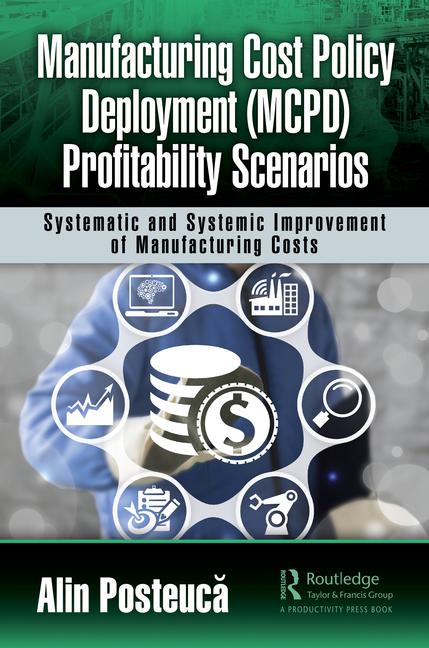NEW YORK—A joint 2018 study by Deloitte and The Manufacturing Institute says that a widening skills gap exists in U.S. manufacturing, and that it may leave an estimated 2.4 million positions unfilled between 2018 and 2028, with a potential economic impact of $2.5 trillion. The study also shows that the positions relating to digital talent, skilled production, and operational managers may be three times as difficult to fill in the next three years.
The widening skills gap is expected to grow from about 488,000 jobs left open today to as many as 2.4 million by 2028. In turn, $454 billion in manufacturing GDP could be at risk in 2028, or more than $2.5 trillion over the next decade.
“With nearly 2 million vacant new jobs expected by 2028, compounded by 2.69 million vacancies from retiring workers, the number of open positions could be greater than ever and might pose not only a major challenge for manufacturers but may threaten the vitality of the industry and our economy," says Paul Wellener, vice chairman, Deloitte LLP, and US industrial products and construction leader.
Five out of 10 open positions for skilled workers in the U.S. manufacturing industry remain unoccupied today due to the skills gap crisis. These "skilled positions" require specific training or skillsets and often take months to fill. These include positions for skilled production workers, supply chain talent, digital talent, engineers, researchers, scientists, software engineers and operational managers. The study points to the top reasons these positions tend to go unfilled, with the negative perception of the manufacturing industry topping the list (45 percent), followed by the notable shift in desired skillsets due to the introduction of advanced technologies (36 percent) and retirement of baby boomers (36 percent).
To mitigate the impact of the skills shortage and begin to shrink the gap, most companies surveyed are focusing efforts on several specific areas, including adopting broader HR management practices to hire and retain talent (37 percent) and building knowledge transfer programs to pass on skills between retiring and new workers (32 percent), notes the study. Others have turned to outsourcing certain functions (24 percent).









